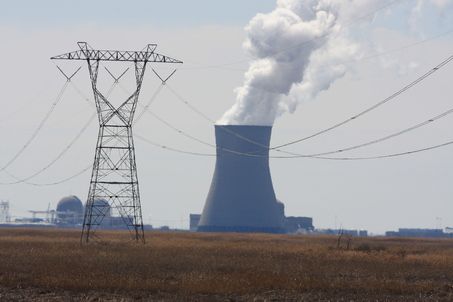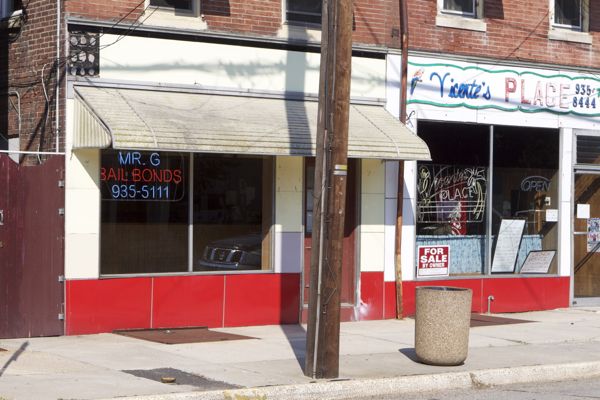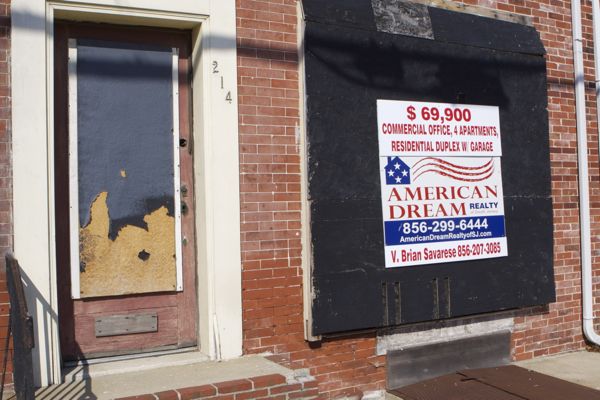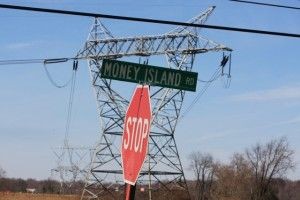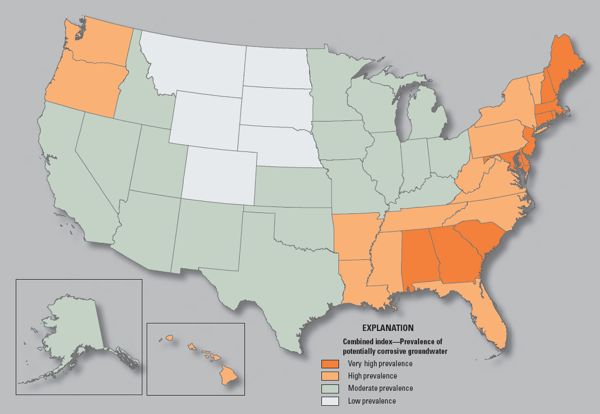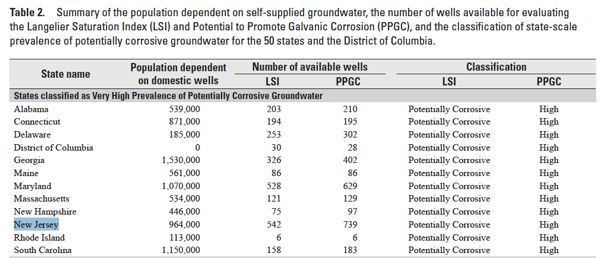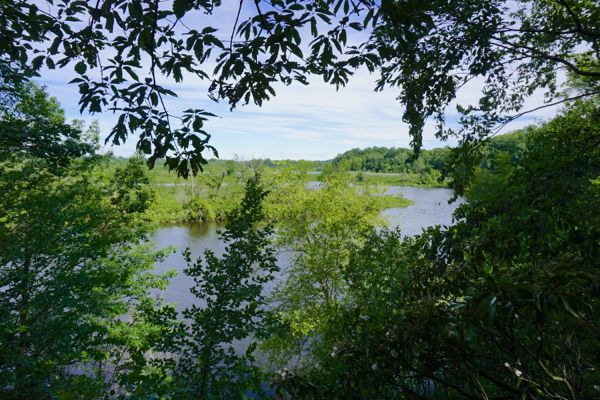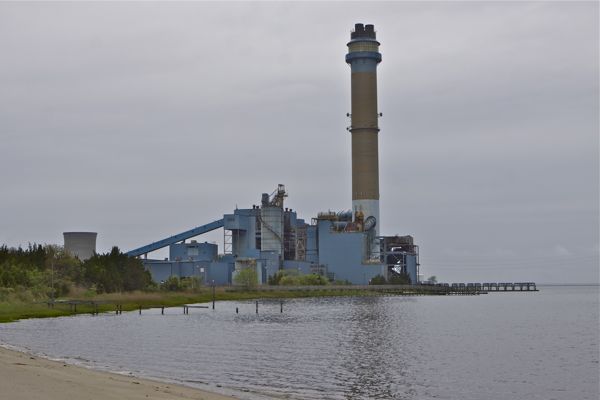Senators Booker and Sweeney Team Up To Promote More Nuke Subsidies
Booker Tweet Hides Nuclear Shilling Behind Historic Postcard
Booker uses Camden & Newark kids to promote subsidies to nuclear industry
Down and Out in Salem, NJ
Senator Corey Booker has cultivated an image as some kind of social media rock star through his incessant, vacuous, and self promotional twitter account.
But this is a tweet too far, one that he’s sure to regret:
Although you wouldn’t know it from looking at that historical postcard tweet, yesterday, Booker tag teamed with NJ Senate President Steve Sweeney – hot off his attack on NJ’s teachers and public worker unions disgusted by Sweeney’s betrayal on pensions – on a pro-nuclear propaganda tour of PSEG’s Salem County nuke plants.
Contrary to Booker’s tweet depicting the Salem County Historical Society, the Senators saw THIS:
Hiding nuclear shilling behind historical society postcards is shameful. But that’s not all.
While Booker and Sweeney want to give nuclear corporations billions of taxpayer dollars, they don’t have a dime or the time of day to even visit – and Booker’s tweet doesn’t show – Salem City, a down and out severely distressed place, that looks like THIS:
Giving nuclear corporations billions of taxpayer dollars while neglecting impoverished people who live in places like Salem City is one set of warped priorities!
Now back to the nuke tour
The timing of yesterday’s tour is highly revealing.
Just weeks ago, California regulators got national attention for their decision to phase out nuclear power in favor of renewable energy from solar and wind.
Days after that decision, PSEG began a media propaganda campaign to preempt and reframe that story from phase out of nuclear to new nuke subsidies, see: New Jersey’s Nuclear Imperative.
And just last week, New York State approved billions in nuclear subsidies, a horrible policy PSEG is trying to build support for and export to NJ: [read entire Counterpunch story]
The New York State Public Service Commission—in the face of strong opposition—this week approved a $7.6 billion bailout of aging nuclear power plants in upstate New York which their owners have said are uneconomic to run without government support.
New York Governor Andrew Cuomo—who appoints the members of the PSC—has called for the continued operation of the nuclear plants in order to, he says, save jobs at them. The bail-out would be part of a “Clean Energy Standard” advanced by Cuomo. Under it, 50 percent of electricity used in New York by 2030 would come from “clean and renewable energy sources”—with nuclear power considered clean and renewable.
Continuing that propaganda assault, PSEG is desperate to avoid that negative NY story getting out and is engaging in even more propaganda to reframe this issue – which is a critical perspective you would not get from reading today’s NJ Spotlight coverage, which is basically a “movie along, nothing to see here”.
I got a belly laugh out of this line from the Spotlight story – as if a personal tour of a nuke plant by a US Senator and State Senate President is not “getting policy makers’ attention”:
It is an issue Public Service Enterprise Group, the owner of three nuclear plants in south Jersey, is trying to raise, but it faces a bigger hurdle in getting policy makers’ attention.
So yesterday’s tour with NJ Senate President Sweeney was not just a one off gesture. It is part of a nuclear revival campaign Senator Booker is the carnival Barker for.
I suspect that not many New Jerseyans are aware of the extent of Booker’s nuclear shilling.
Booker has sponsored Legislation to Update Nuclear Licensing Frameworks to promote expansion of nuclear power.
He’s sponsored amendments to energy law to “increase collaboration among private industry, universities, and national laboratories to facilitate the development of advanced nuclear technologies.”, which is code for more public subsidies and privatization.
Booker said: (to Politico)
“Our economy and our federal policy do not fully recognize the true value of nuclear power as we have it now ..
Take a look at the video of this recent deranged Booker rant – delivered with religious fervor to the nuclear industry insiders in Washington DC. The nuclear industry hacks called it an “inspirational talk” and claim that Booker views nukes as “renewable energy” (see video and transcript):
There is no depth to which Booker won’t go to justify his nuclear shilling.
I found the promotion of nukes on the back of poor black kids from Camden and Newark a disgrace:
For me, this is about the kids in my city. For me, this is about kids in Camden and Patterson who are suffering not just because we have a polluted atmosphere, but it’s also about creating an America for them that is bold and courageous again. Our effort here will help with job creation, spurring our economy. It will grow it in significant ways.
Does Booker seriously think ANY kid from Camden or Newark is going to benefit from nuke subsidies and gain employment in the nuclear industry?
Is he out of his mind? Or just one deeply cynical bastard who will say anything?
Booker even appealed to God, mimicking right wing talking points about government regulations that protect us, to “remove bureaucratic barriers”:
And so today, we need to figure out greater ways to drive investment, to remove, dear god, the bureaucratic barriers.
There is no daylight between Booker’s attack on government regulation and that of Chris Christie or, for that matter, Newt Gingrich’s 1994 Contract On America.
Now for some old news
The current talk of reviving nukes is absurd, especially considering that just a few years ago, the industry was on its death bed:
In a devastating story, the New York Times Business page lands what could be a knockout blow to the nuclear industry’s attempt to revive nuclear power. Nuke industry PR has argued that new “safe” and “cost effective” engineering designs have solved the safety and economic issues, while the global warming crisis warrants a huge expansion. But the Times story destroys those myths, on purely economic grounds:
In Finland, Nuclear Renaissance Runs Into Trouble
By JAMES KANTER
Published: May 28, 2009
OLKILUOTO, Finland — As the Obama administration tries to steer America toward cleaner sources of energy, it would do well to consider the cautionary tale of this new-generation nuclear reactor site.
The massive power plant under construction on muddy terrain on this Finnish island was supposed to be the showpiece of a nuclear renaissance. The most powerful reactor ever built, its modular design was supposed to make it faster and cheaper to build. And it was supposed to be safer, too.
But things have not gone as planned.”
http://www.nytimes.com/2009/05/29/business/energy-environment/29nuke.html?em

